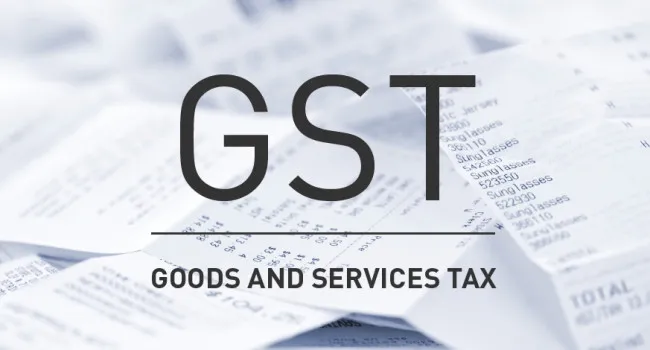- Office No.– G22, Second Floor, Sector 3, Noida, Uttar Pradesh 201301
- 01204535507, +91-7011962266
Goods & Service Tax

Main objectives of Goods & Service Tax
The main objectives of Goods and Services Tax (GST) revolve around simplifying and streamlining the indirect tax system, promoting economic growth, and fostering a more transparent and uniform taxation structure. One key objective is to replace the complex and cascading tax structure with a comprehensive and unified tax system that encompasses the entire supply chain. By eliminating the cascading effect of taxes, GST aims to create a more efficient and business-friendly environment.
Another primary goal is to enhance tax compliance and reduce tax evasion. GST introduces a seamless and integrated tax framework, making it more difficult for businesses to evade taxes. The use of technology, such as the GSTN (Goods and Services Tax Network), facilitates real-time tracking of transactions and ensures greater transparency in the tax collection process.
GST also aims to create a level playing field for businesses by applying a standardized tax rate across various states and Union territories. This uniformity helps in reducing regional economic disparities and encourages a more equitable distribution of economic activities.
We are Always Ready to Assist Our Clients
The Advantages of Goods & Service Tax
The Goods and Services Tax (GST) system offers several advantages that contribute to the efficiency, transparency, and economic growth of a nation. Here are key advantages associated with the implementation of Goods and Services Tax:
Simplified Tax Structure: GST replaces multiple indirect taxes with a single, comprehensive tax, simplifying the tax structure. This simplification reduces the compliance burden on businesses and makes it easier for both taxpayers and tax authorities to understand and administer the tax system.
Elimination of Cascading Effect: GST eliminates the cascading effect of taxes, also known as tax on tax, by allowing businesses to claim input tax credits on the taxes paid on inputs. This results in a more efficient and equitable tax system, reducing the overall tax burden on businesses.
Uniform Tax Rates: GST promotes uniformity in tax rates across states and Union territories, creating a level playing field for businesses. This standardization helps in reducing economic distortions and disparities among different regions.
Increased Compliance: The use of technology, such as the Goods and Services Tax Network (GSTN), enables real-time monitoring of transactions and enhances the overall compliance mechanism. This leads to a reduction in tax evasion and ensures a more transparent tax collection process.
Streamlined Supply Chain: GST simplifies the supply chain by providing a uniform tax structure applicable throughout the country. This facilitates the smooth movement of goods and services across state borders, reducing logistical complexities and boosting interstate trade.
Process of Goods & Service Tax
The Goods and Services Tax (GST) process involves several steps from registration to filing returns. While the specific details may vary based on the jurisdiction and the nature of the business, here is a general overview of the typical process of Goods and Services Tax:
GST Registration: Businesses whose turnover exceeds the prescribed threshold are required to register for GST. The registration process involves submitting the necessary documents and details to the GST portal, managed by the tax authorities.
GSTIN Allocation: Upon successful registration, businesses receive a unique Goods and Services Tax Identification Number (GSTIN). This number is used for all communication and transactions related to GST.
Determination of GST Applicability: Businesses need to determine the applicable GST rates for their goods or services. GST is categorized into different rates – Nil, 5%, 12%, 18%, and 28%, along with special rates for specific items.
Issuance of GST Invoice: Businesses are required to issue GST-compliant invoices for all transactions. The invoice must include details such as the GSTIN, description of goods or services, quantity, value, and applicable GST rates.
Collection of GST: Businesses need to collect GST from their customers on taxable supplies. The collected GST is categorized into Central GST (CGST), State GST (SGST), or Integrated GST (IGST) based on the nature of the transaction.
Get in Touch
Please, fulfill the form to get a consultation. After processing the data, a personal manager will contact you.


